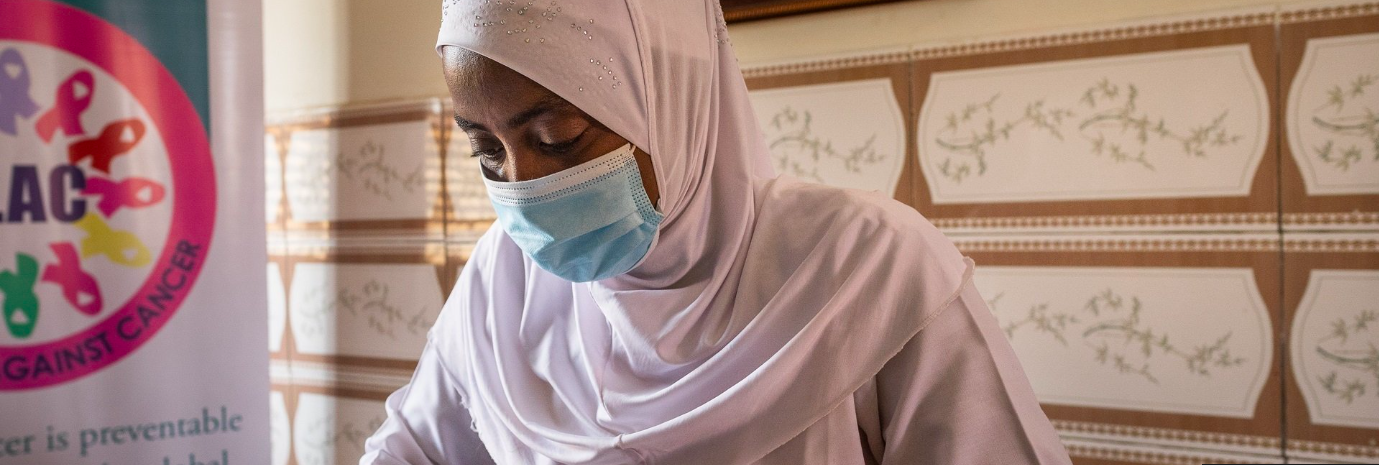
“A key pillar of the cervical cancer elimination strategy is for countries to increase screening coverage with a high-performance test. The prequalification of these tests means more quality tests can be made available for countries,” says Dr Bente Mikkelsen, WHO Director for the Department of Noncommunicable Diseases, “and WHO will continue to support countries to reach a higher coverage and higher quality of screening. This is an important step forward to eliminating cervical cancer.”
WHO’s prequalification (PQ) programme for in vitro diagnostics (IVDs) evaluates a range of tests, including those used for the detection of high-risk HPV genotypes in cervical cancer screening. The addition of another product to the PQ list expands the range of high-performance tests that are available to countries, especially in instances where governments, UN agencies, or partners rely on the WHO scheme to aid their procurement.
The recent addition of Roche Molecular Systems Inc.’s cobas HPV assay now brings the total number of listed tests up to four, joining QIAGEN GmBH’s careHPV Test, Abbott GmbH’s Abbott RealTime High Risk HPV, and Cepheid AB’s Xpert HPV.
After WHO Director-General, Dr Tedros Adhanom Ghebreyesus, issued a Call to Action in 2018, the World Health Assembly passed a historic resolution calling for the first-ever elimination of a cancer. Since then, WHO has been supporting countries through its flagship initiative to eliminate cervical cancer.
The Global Strategy establishes targets for each of three strategic pillars. If met by 2030, the targets would put countries on the path towards cervical cancer elimination.
- 90% of girls fully vaccinated with the HPV vaccine by the age of 15;
- 70% of women screened using a high-performance test by the age of 35, and again by the age of 45;
- 90% of women with pre-cancer treated and 90% of women with invasive cancer managed.
Even in countries where the HPV vaccine is introduced, screening programmes remain critical to identify and treat cervical pre-cancer and cancer, to reduce cervical cancer incidence and deaths.
HPV tests perform better than alternative screening methods – such as pap smear and visual inspection with acetic acid (VIA), for example – helping identify more patients who are in need of treatment. The higher quality also means that patients who receive a negative result on an HPV test can often wait longer between tests, with benefits for both patients and the health system. Additionally, some HPV tests even allow for a patient to collect her own sample with a simple swab, offering women a choice to get tested without requiring a health care worker to perform a pelvic exam. Many HPV tests can even be run on the same equipment used for COVID-19 PCR tests and HIV tests, among others, so they can be incorporated into existing laboratory systems. Such innovations can further reduce barriers to services and facilitate public health programmes to attain the 70% screening target.











